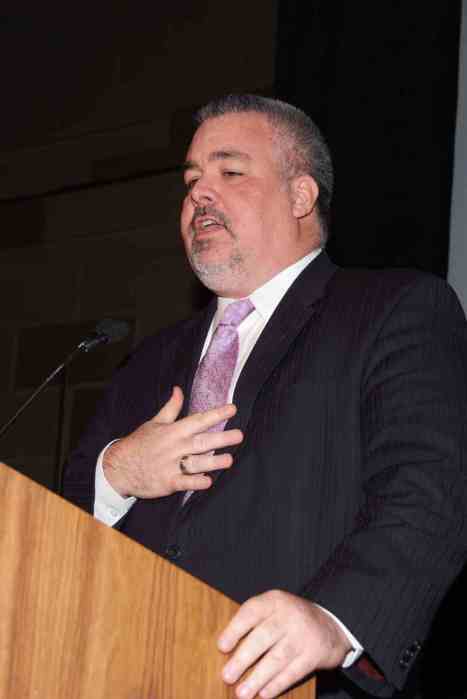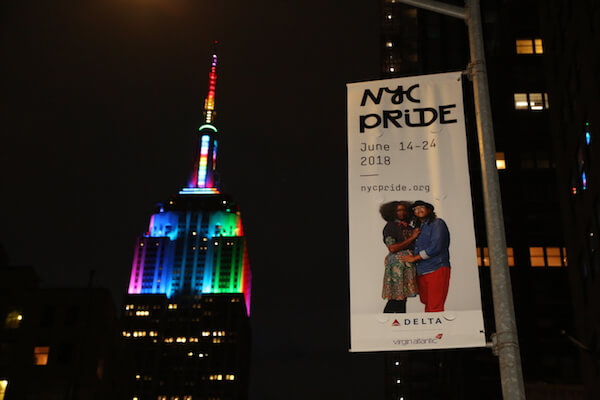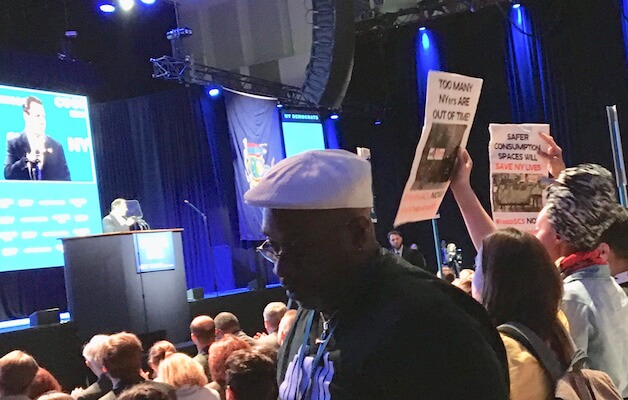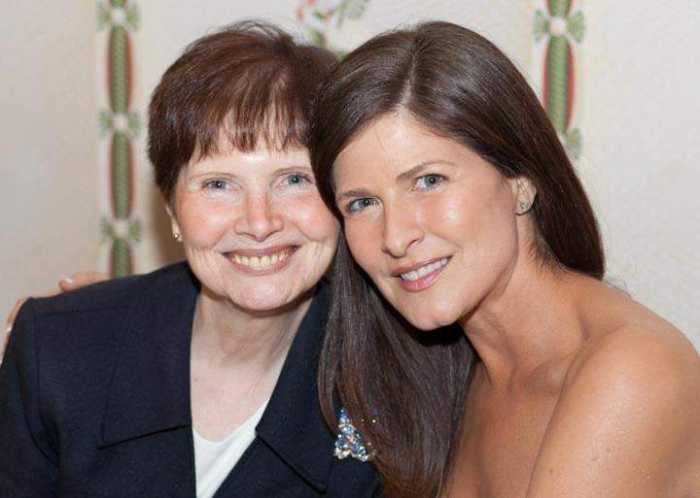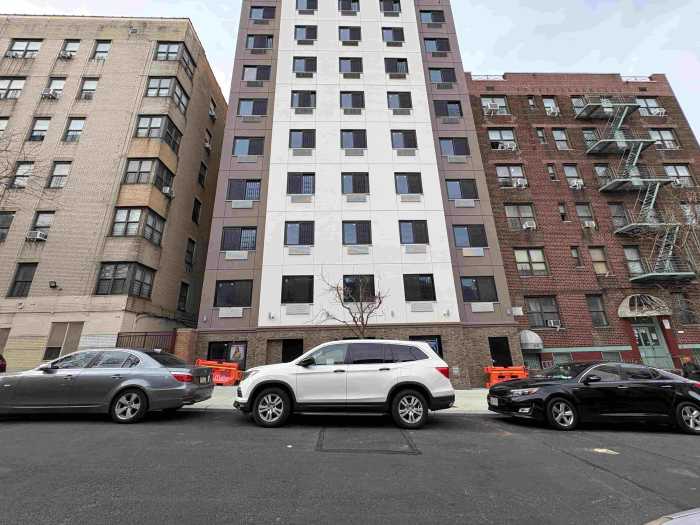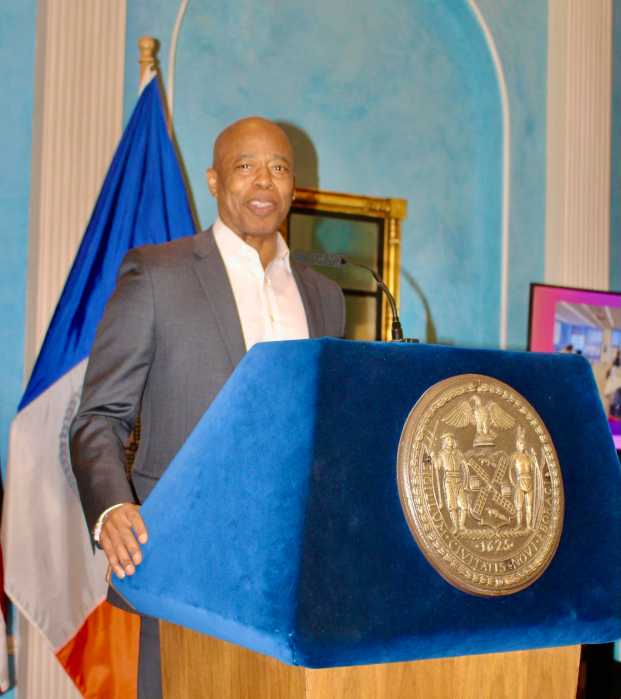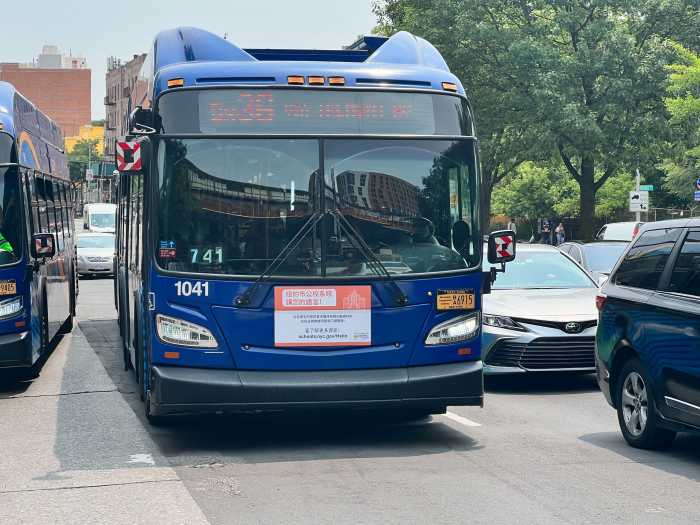On Sunday, April 3, Congregation Beit Simchat Torah, the city’s LGBTQS (the S is for “straight”!) synagogue and the world’s largest such body, will march at noon from its longtime space in Westbeth in Greenwich Village to its rented Friday worship space at Holy Apostles Episcopal Church on Ninth Avenue in Chelsea to the 2 p.m. dedication of its new home at 130 West 30th Street.
It is a journey long in the making for a congregation that survived rejection at its outset in 1973 and the devastation of AIDS in the ‘80s and ‘90s to come together 15 years ago to begin raising $23 million for a permanent home — one that is stunning in its architecture and reflective of its mission to embrace LGBTQ and non-gay people from a wide variety of Jewish traditions.
Sharon Kleinbaum, the senior rabbi of CBST for almost a quarter of a century, said that its Westbeth space deep inside the courtyard of a huge artists’ apartment complex “reminds me of an old lesbian bar: you have to know where to find it and once you’re inside, no one knows you’re there.”
The world’s largest LGBTQS synagogue to introduce its new sanctuary, offices this coming Sunday
The new synagogue in the 18-story landmarked 1929 Cass Gilbert Building, which is now residential, has floor-to-ceiling windows (explosion-resistant in these perilous times), with the 50-foot length of its street frontage opening into the high-ceilinged Sheffer Family Lobby and social space on the way to the 299-seat Wine Family Sanctuary in the rear. That space was also opened up to natural light by ceiling windows in a design by Stephen Cassell of Architecture Research Office, where 15 to 20 staff members toiled on the project.
CBST will also have administrative offices on the first and second floors and a lower level that includes the multi-use Kuriel Chapel, the Evan Wolfson Community Hall, and meeting/ classrooms, including the Hibsher-Orient Room, named in honor of longtime gay activist and attorney Bill Hibsher who was the driving force behind the capital campaign from the beginning. The gender-neutral restroom — private stalls and a line of sinks with walls covered with CBST history — required a variance from the city that acknowledged the diverse make-up of the community (though it could be a model for all new restrooms as society fights over who can go where).
When the architects were engaged in 2007, 40 spaces were looked at before the West 30th Street space was chosen.
“This space reflects our soul — our rich and complex history.” Kleinbaum said.
The scores of members who died of AIDS will be remembered, though the synagogue now has a board president in his late 30s who “doesn’t know a single person who died of AIDS.”
When CBST was formed in 1973, no synagogue in New York would rent them space and they turned to Holy Apostles, which had been welcoming gay groups since before Stonewall. At the Sunday dedication, 36 Jewish groups and congregations will be represented, including rabbis from all Jewish movements. Mayor Bill de Blasio, Governor Andrew Cuomo, and LGBT movement leaders — including CBST member Cynthia Nixon — are also slated to be on hand.
A few years after being founded, the congregation made a home in Westbeth, but eventually required larger space for Sabbath worship and were back in Holy Apostles on Friday evenings. Its High Holy Day services, which bring in thousands, will continue at the Javits Center, and the LGBT Pride service will also need to be held in a larger space, but all regular worship and social and social justice gatherings will be housed in the new space.
The layout of the sanctuary — moveable oak benches on three sides and a three-sided balcony — creates an intimate worship space that bears a marked resemblance to the intimate Donmar Warehouse theater in London (which the architect has never seen so great minds think alike). But while that is a black box, this is a richly detailed sanctuary that lets shifting light in and is centered on a three-layered ark large enough for the congregation’s five Torahs.
“CBST is radically traditional,” Kleinbaum said, endeavoring to satisfy the desires for: “1) music and liturgy, 2) intellectual life, the life of the mind, and 3) community and social life.”
She said most synagogues are good if they can satisfy one or two of those needs. CBST hopes to provide all three well into the future.






